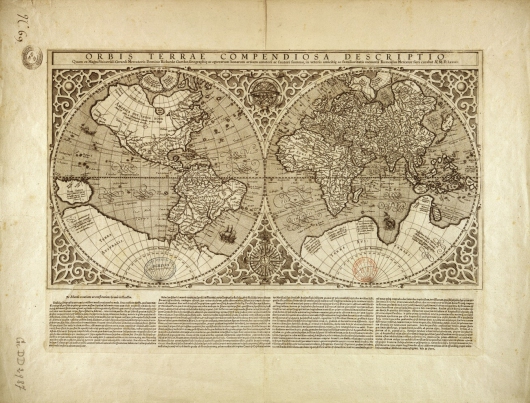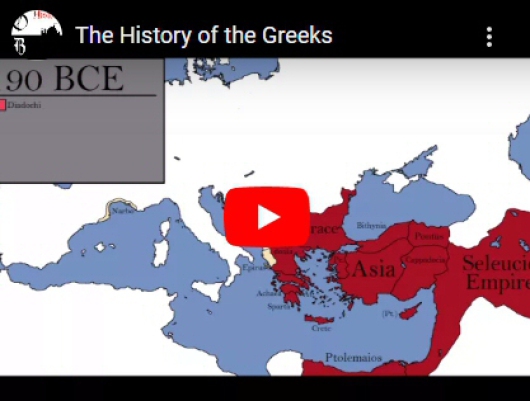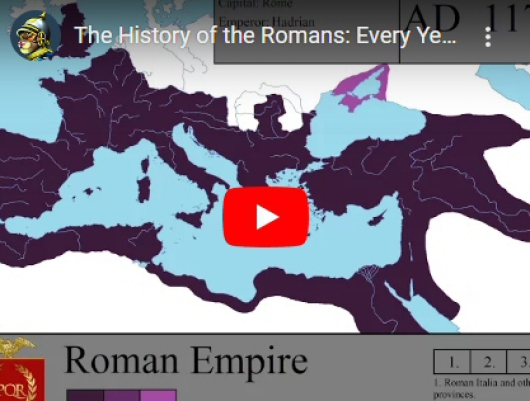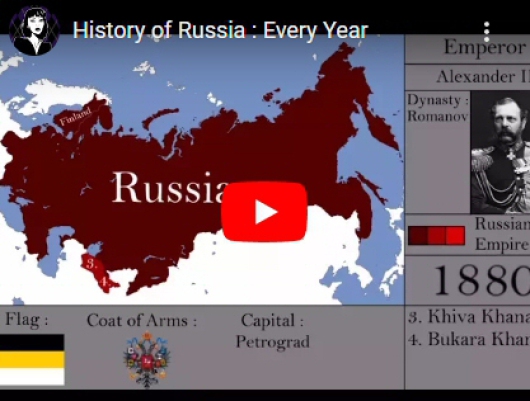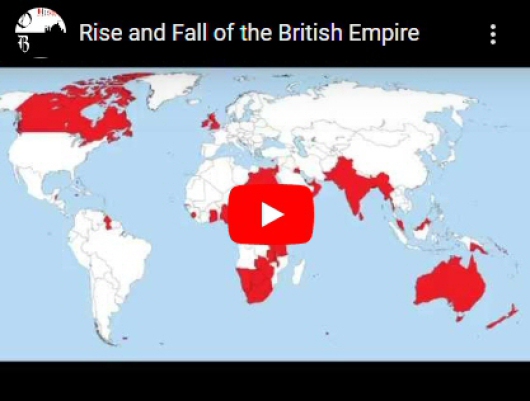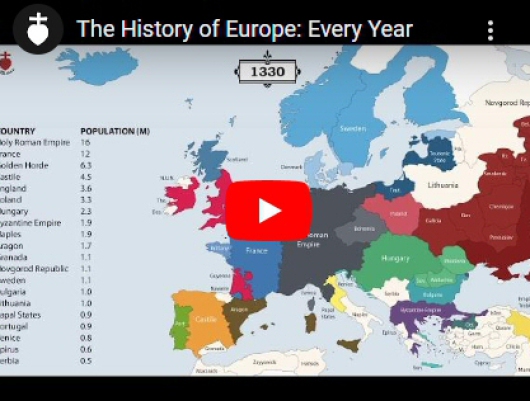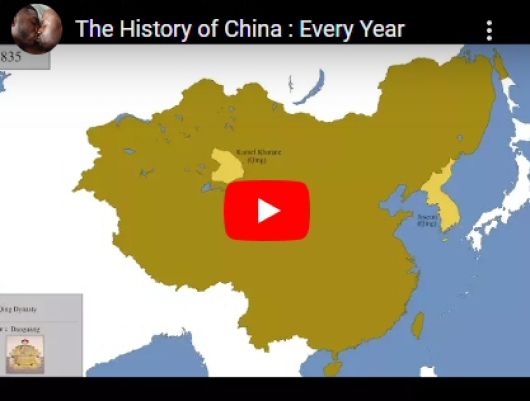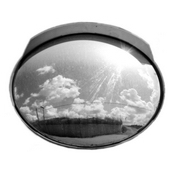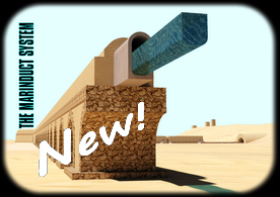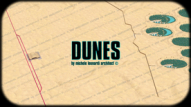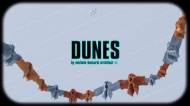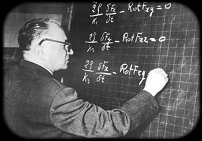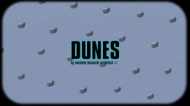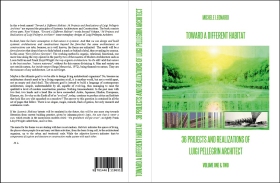History Maps 1
animated history maps
Rumold Mercator (1545-1599), cartographer: picture taken from "Orbis terrae compendiosa descriptio Quam ex Magna universali Gerardi Mercatoris", Bibliothéque nationale de France, Paris, France; www.gallica.bnf.fr .
The History of the Greeks
The History of the Romans, year by year
Islam: 622-1453, every year
History of Russia, every year
Rise and Fall of the British Empire
The History of Europe, every year
The History of China, every year
BIBLIOGRAPHY
- Jared Diamond: "Guns, Germs, and Steel: The Fates of Human Societies", W. W. Norton & Company Publisher, 2017.
In this "artful, informative, and delightful" (William H. McNeill, New York Review of Books) book, Jared Diamond convincingly argues that geographical and environmental factors shaped the modern world. Societies that had had a head start in food production advanced beyond the hunter-gatherer stage, and then developed religion --as well as nasty germs and potent weapons of war --and adventured on sea and land to conquer and decimate preliterate cultures. A major advance in our understanding of human societies, Guns, Germs, and Steel chronicles the way that the modern world came to be and stunningly dismantles racially based theories of human history.
- Amartya Sen: "Identity and Violence: The Illusion of Destiny", W. W. Norton & Company Publisher, 2007.
In this sweeping philosophical work, Amartya Sen proposes that the murderous violence that has riven our society is driven as much by confusion as by inescapable hatred. Challenging the reductionist division of people by race, religion, and class, Sen presents an inspiring vision of a world that can be made to move toward peace as firmly as it has spiraled in recent years toward brutality and war.
- Lewis Mumford: "The Myth of the Machine: Technics and Human Development", Harcourt, 1967.
This book is an attempt to explain the forces that have shaped technology from prehistoric times on, and have increasingly been shaping modern man. Instead of beginning with the problems of our own generation, Lewis Mumford goes back to the origins of human culture; but so far from accepting man’s rise as due mainly to his command of tools and his conquest of nature, he finds solid grounds for rejecting this view. He demonstrates how tools themselves did not and could not develop far without a much more significant series of inventions in ritual, language, and social organization.
- Lewis Mumford: "Technics and Civilisation", Harcourt Brace & Company, 1934-1962; University of Chicago Press; Reprint edition 2010.
Technics and Civilization first presented its compelling history of the machine and critical study of its effects on civilization in 1934—before television, the personal computer, and the Internet even appeared on our periphery.
Drawing upon art, science, philosophy, and the history of culture, Lewis Mumford explained the origin of the machine age and traced its social results, asserting that the development of modern technology had its roots in the Middle Ages rather than the Industrial Revolution. Mumford sagely argued that it was the moral, economic, and political choices we made, not the machines that we used, that determined our then industrially driven economy. Equal parts powerful history and polemic criticism, Technics and Civilization was the first comprehensive attempt in English to portray the development of the machine age over the last thousand years—and to predict the pull the technological still holds over us today.
- Lewis Mumford: "The Story of Utopias", Palala Press, Reprint edition 2015.
This work has been selected by scholars as being culturally important, and is part of the knowledge base of civilization as we know it. This work was reproduced from the original artifact, and remains as true to the original work as possible. Therefore, you will see the original copyright references, library stamps (as most of these works have been housed in our most important libraries around the world), and other notations in the work. This work is in the public domain in the United States of America, and possibly other nations. Within the United States, you may freely copy and distribute this work, as no entity (individual or corporate) has a copyright on the body of the work.As a reproduction of a historical artifact, this work may contain missing or blurred pages, poor pictures, errant marks, etc. Scholars believe, and we concur, that this work is important enough to be preserved, reproduced, and made generally available to the public. We appreciate your support of the preservation process, and thank you for being an important part of keeping this knowledge alive and relevant.

